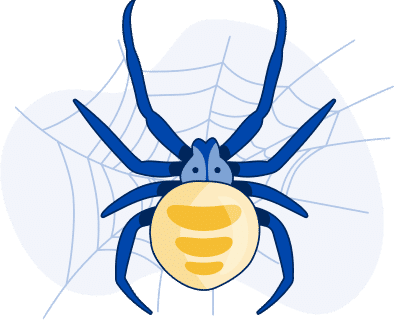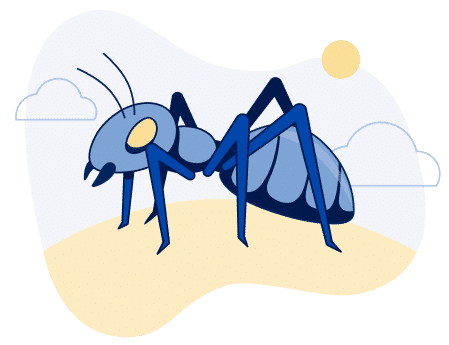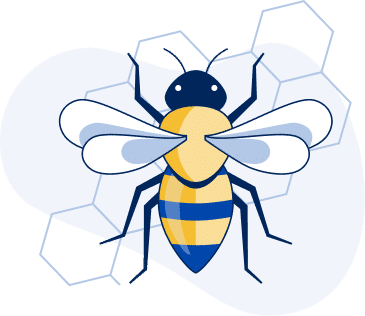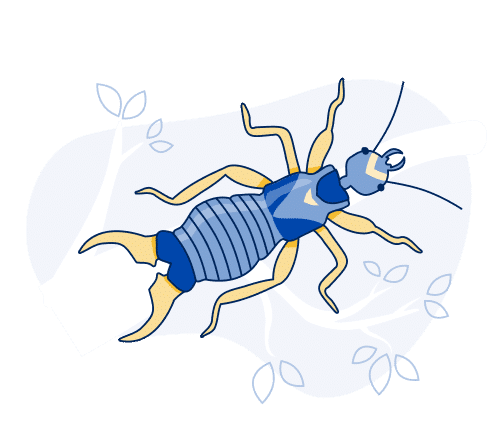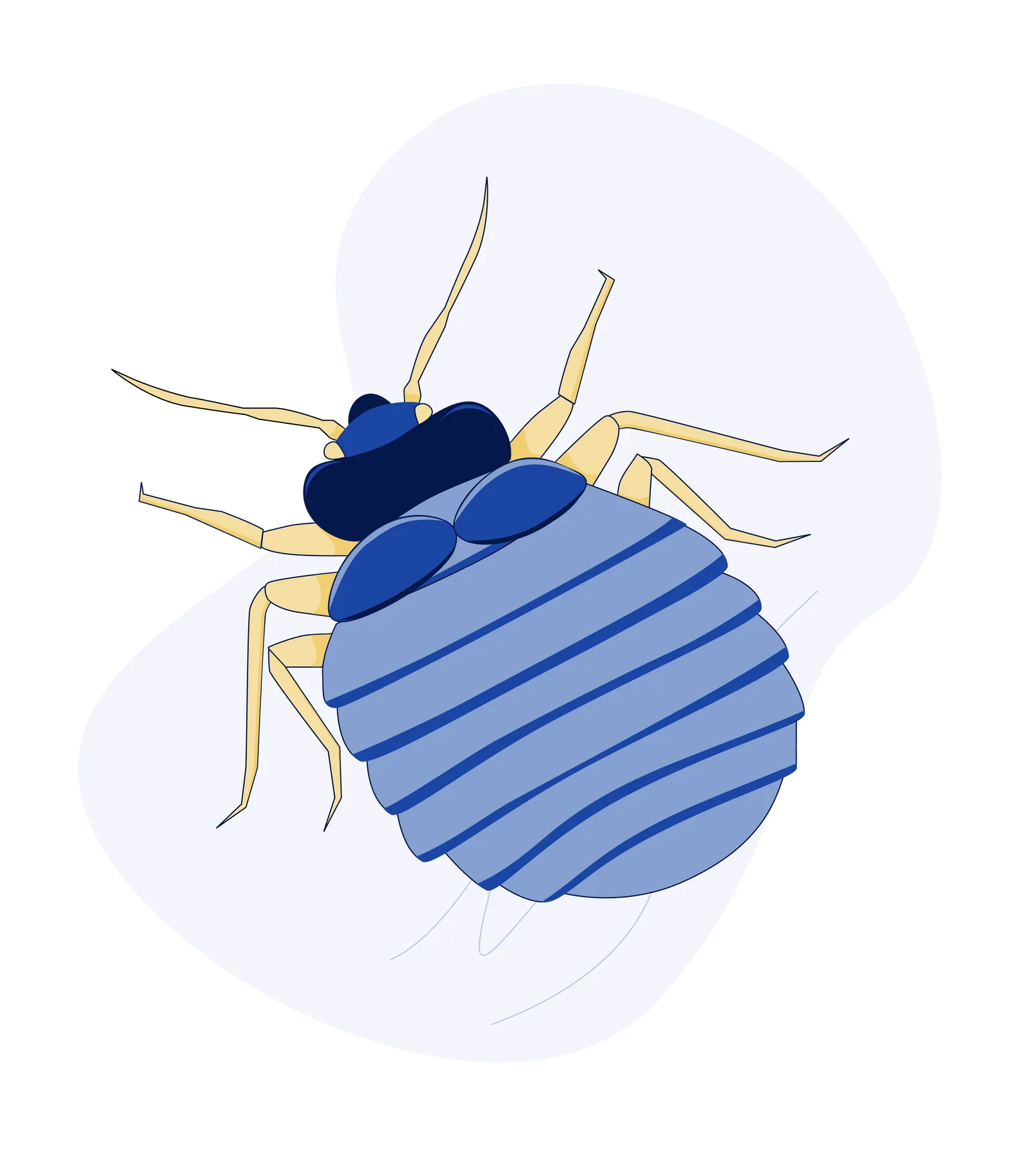Top 5 Fascinating Facts About Bullet Ants

Imagine walking through the green maze of the Amazon rainforest, with sunlight shining through the old trees. Suddenly, you feel a sharp pain in your hand, as if a tiny bullet has hit you. You look down and see a bullet ant, with its dark body and scary jaws, biting you. This experience is like something from an Indiana Jones movie, and it’s real for anyone who goes into the world of these powerful insects.
But bullet ants are more than just a painful sting. They are like tiny giants in nature, experts at surviving and creators of complex societies. This article will delve into the top five fascinating facts about bullet ants that make them one of the most intriguing creatures in the insect kingdom.
Fact 1: The Most Painful Sting
Bullet ants are infamous for their sting. The pain caused by a bullet ant sting is said to be unparalleled, earning them their name because it’s as painful as getting shot. The venom of bullet ants contains a neurotoxin called poneratoxin, responsible for this intense pain. The pain from a bullet ant sting can last anywhere from 12 to 36 hours. The Schmidt Sting Pain Index, a pain scale rating the relative pain caused by different hymenopteran stings, rates the bullet ant sting as the highest rating on the scale. This means the bullet ant sting is one of the most painful insect stings known to humans.
Fact 2: Unique Social Structure
Bullet ants don’t just excel in causing pain; they are also masters of collaboration within their colonies. Also, the social structure of bullet ants is another fascinating aspect.
In the heart of tropical rainforests, bullet ant colonies can house an impressive 700,000 ants. They live in colonies led by a single queen, with worker ants carrying out different roles. The harmony and division of labor within bullet ant colonies are truly remarkable. This extensive social structure is essential for building intricate nests, foraging for food, and defending their territory. The level of cooperation amongst these tiny creatures is a testament to the wonders of nature and might make you rethink your household dynamics.
Worker ants range from 18 to 30 mm (0.7 to 1.2 in) in length. They are reddish-black ants with large mandibles (pincers) and a visible stinger. The queen ant is slightly larger than the workers.
Fact 3: Role in Indigenous Cultures
Bullet ants have a significant role in the indigenous cultures of Central and South America. The Satere-Mawe people of Brazil use bullet ants in their warrior initiation rites. The Satere-Mawe people are an ethnic minority in Brazil, primarily residing in the Amazonas State. They are known for their unique traditions, which give them a distinct identity and set them apart from other communities.
In the Satere-Mawe tradition, young men as young as 12 must gather bullet ants from the forest. These ants are then submerged in a natural sedative to render them unconscious. Once the ants are unconscious, they are woven into gloves made of leaves with the stingers facing inward. The young men must wear these gloves 20 times for 10 minutes each, dancing while the ants sting them.
This initiation rite is not just about enduring physical pain. It tests courage and resilience, symbolizing the transition from boyhood to manhood. The tribe chief says the ceremony shows the men that a life lived “without suffering or any kind of effort” isn’t worth anything.
Fact 4: Lifespan
Compared to other ants, bullet ants have a relatively long lifespan. The average lifespan of a bullet ant worker is about 90 days. However, some specimens have lived several times longer than that. This longevity is remarkable considering the harsh and competitive environment these ants inhabit. The survival of these worker ants is crucial for the functioning of the colony as they are responsible for foraging food and defending the colony.
On the other hand, the queens of bullet ant colonies have an even longer lifespan, as they can live for several years. The queen’s primary role is to lay eggs and ensure the continuity of the colony. Their extended lifespan allows them to produce many offspring over their lifetime, ensuring the survival and growth of the colony.
The longevity of bullet ants adds another layer of intrigue to their life. It is a testament to their resilience and adaptability in various environmental challenges. Their long lifespan also allows them to play a significant role in their ecosystem, influencing nutrient cycling and soil structure.
Fact 5: Ecological Impact
Bullet ants play a crucial role in the ecosystem. They are effective predators and help control the populations of other insects. Moreover, bullet ants contribute to the nutrient cycle in the rainforest by breaking down organic matter. However, they can also cause problems. Invasive and bullet ants can damage ecosystems by disrupting inter-organism relationships, consuming resources, and killing other organisms. This damage adds up; from 1930 to 2021, invasive ants caused an estimated $51 billion in economic losses.
The world of bullet ants is a fascinating realm filled with intriguing facts that showcase their unique characteristics and impact on both nature and culture. From their excruciatingly painful sting to their intricate social structure, these tiny creatures never fail to captivate our curiosity.
As we marvel at the wonders of bullet ants, it’s essential to recognize their role in the ecosystem and the delicate balance they maintain. However, there are instances when these resilient insects can become a nuisance, especially in the face of infestations.
This is where professional ant control services play a crucial role. In case you find yourself dealing with a bullet ant infestation, seeking assistance from experts such as Serve Pest Control can make a significant difference. Trained professionals can assess the situation, implement effective strategies, and ensure the safety of your surroundings

